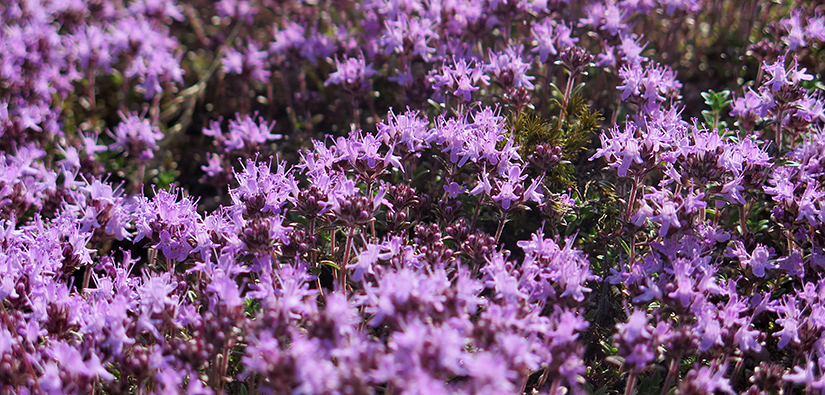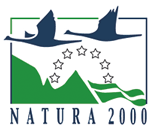Restoration of Sunlit Habitats in the Light & Fire LIFE Project

Esker forests, coastal meadows, heathland and dunes and other sunlit environments have undergone major changes in recent decades. In esker forests tree stands are dense and structurally monotonous, allowing little light to reach the ground layer. Due to the reduction in the number of forest fires a thick layer of forest litter and raw peat has accumulated. On heathlands and dunes, grazing by animals and prescribed burnings have ceased almost completely. Furthermore, the eutrophication and nitrogen load in the Baltic Sea have led to the rapid overgrowth of these habitats. Such changes now threaten these previously barren and extreme habitats and the plant and insect species living in them. Open landscapes have transformed into bushes and forests.
The Light & Fire LIFE Project ensured the comprehensive maintenance of a range of habitats with special light and temperature characteristics located in 69 Natura 2000 sites from 2014 to 2020. The goal was to restore overgrown habitats to their original temperature, light and barrenness levels, thus restoring the conditions required by several narrow-niche species. Key measures included the removal of excess trees, bushes and surface peat by machine or hand. On some sites, small areas were burned to remove surface peat, wild thyme (Thymus serpyllum, see photo by Teemu Rintala) saplings were planted to the benefit of several insect species, and lupin (Lupinus polyphyllus) and other alien species were removed.
More information
Last updated 21 February 2022


